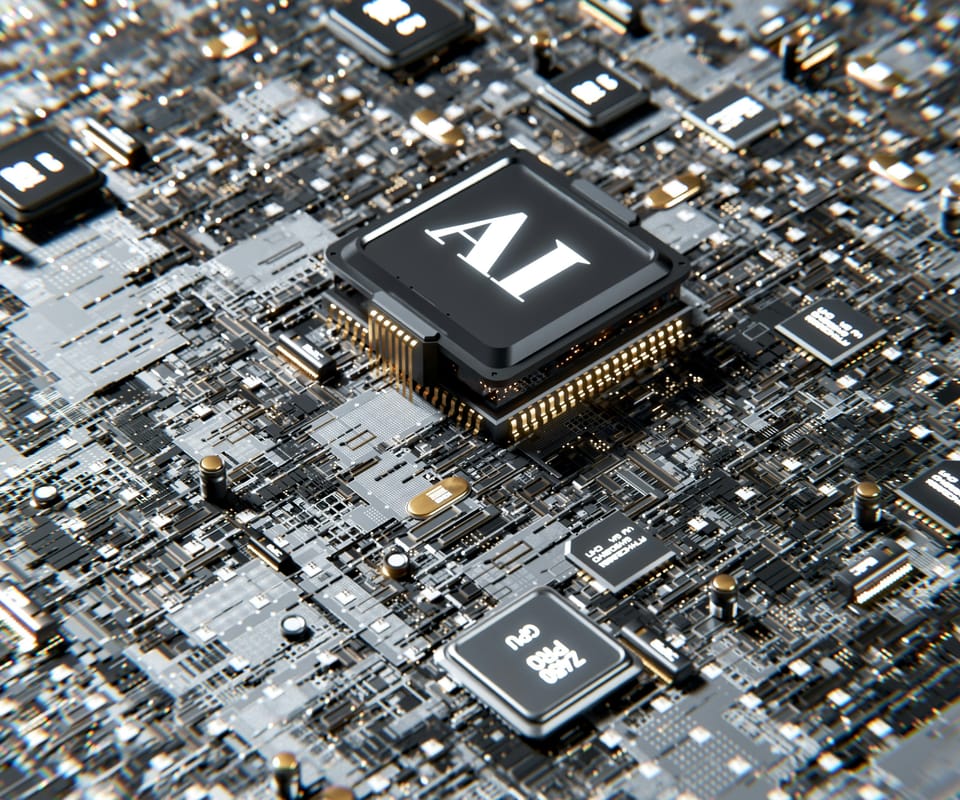How smarter deployment can help AI remain a sustainability net positive
To avoid jeopardising their decarbonisation efforts, CSOs can promote more intentional AI use.

Big Tech’s latest sustainability reports highlighted the significant emissions impact of implementing AI at scale. To avoid jeopardising their decarbonisation efforts, CSOs need to promote smarter AI policies within their companies.
Artificial intelligence can be a game changer for sustainability, but its downside is now obvious. In July, Google reported a 48% increase in emissions over the past four years, which it attributed to growing energy demand and data centre usage driven by the explosive growth of artificial intelligence.







